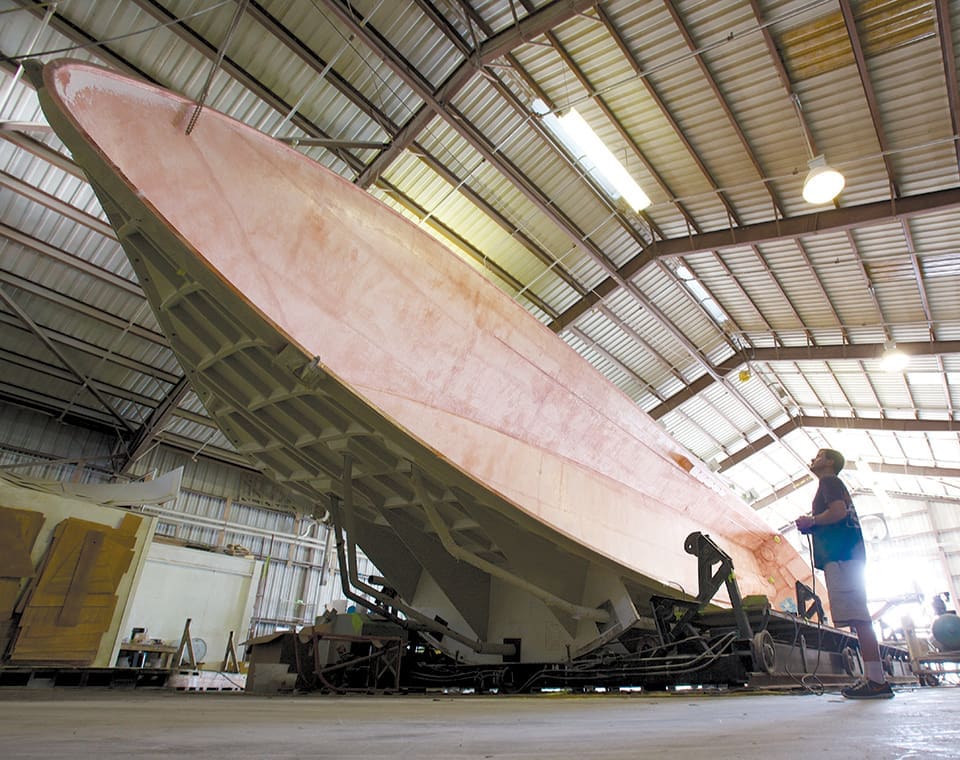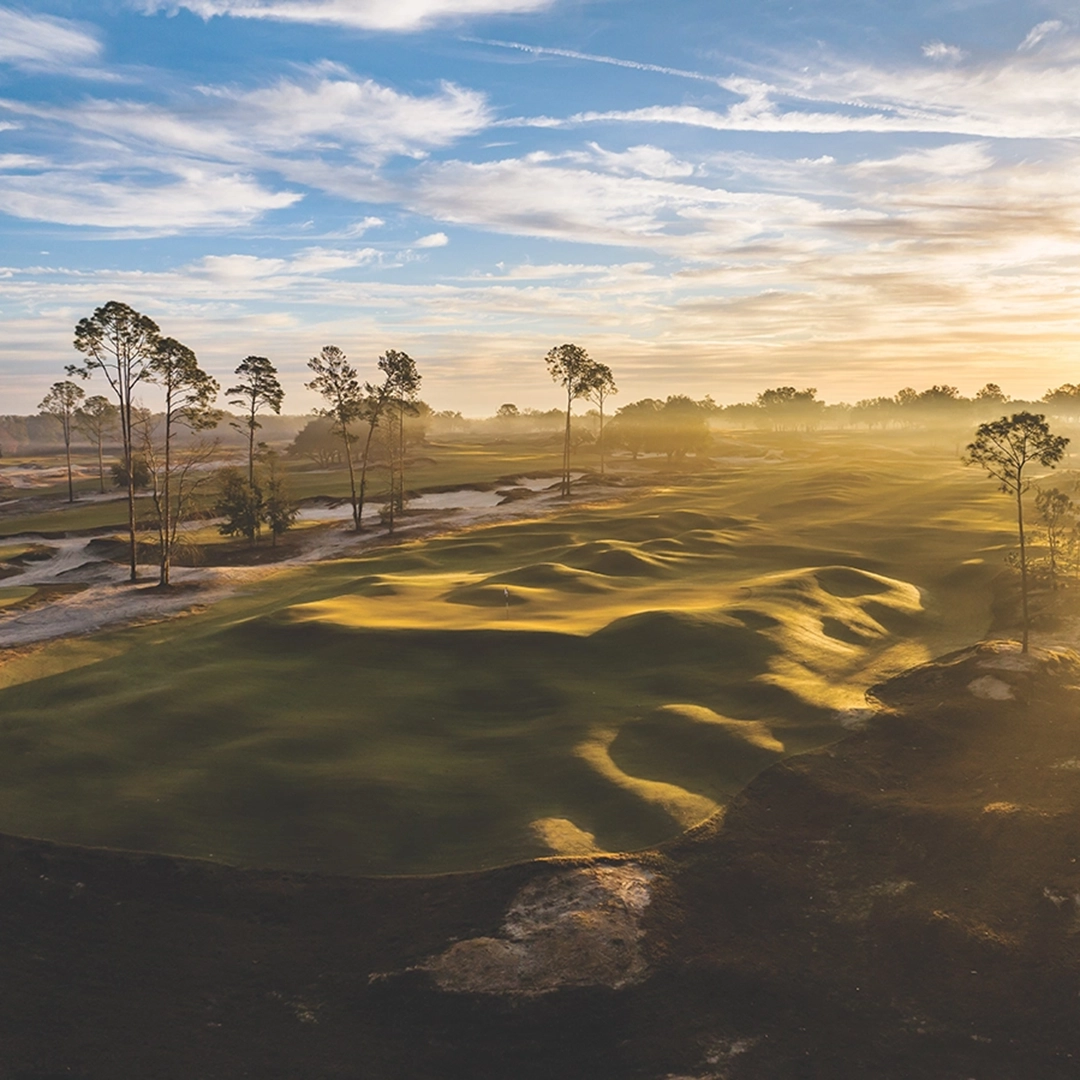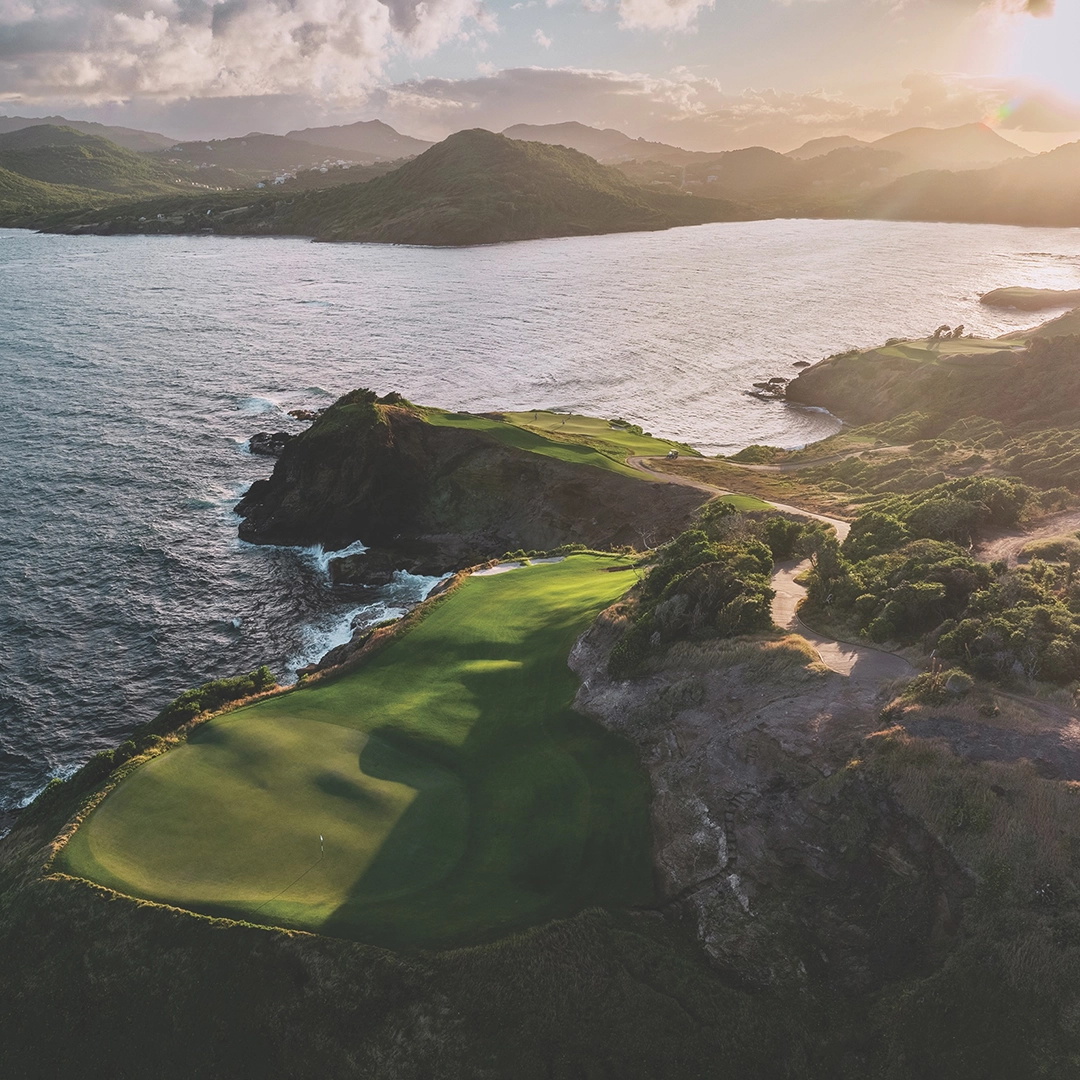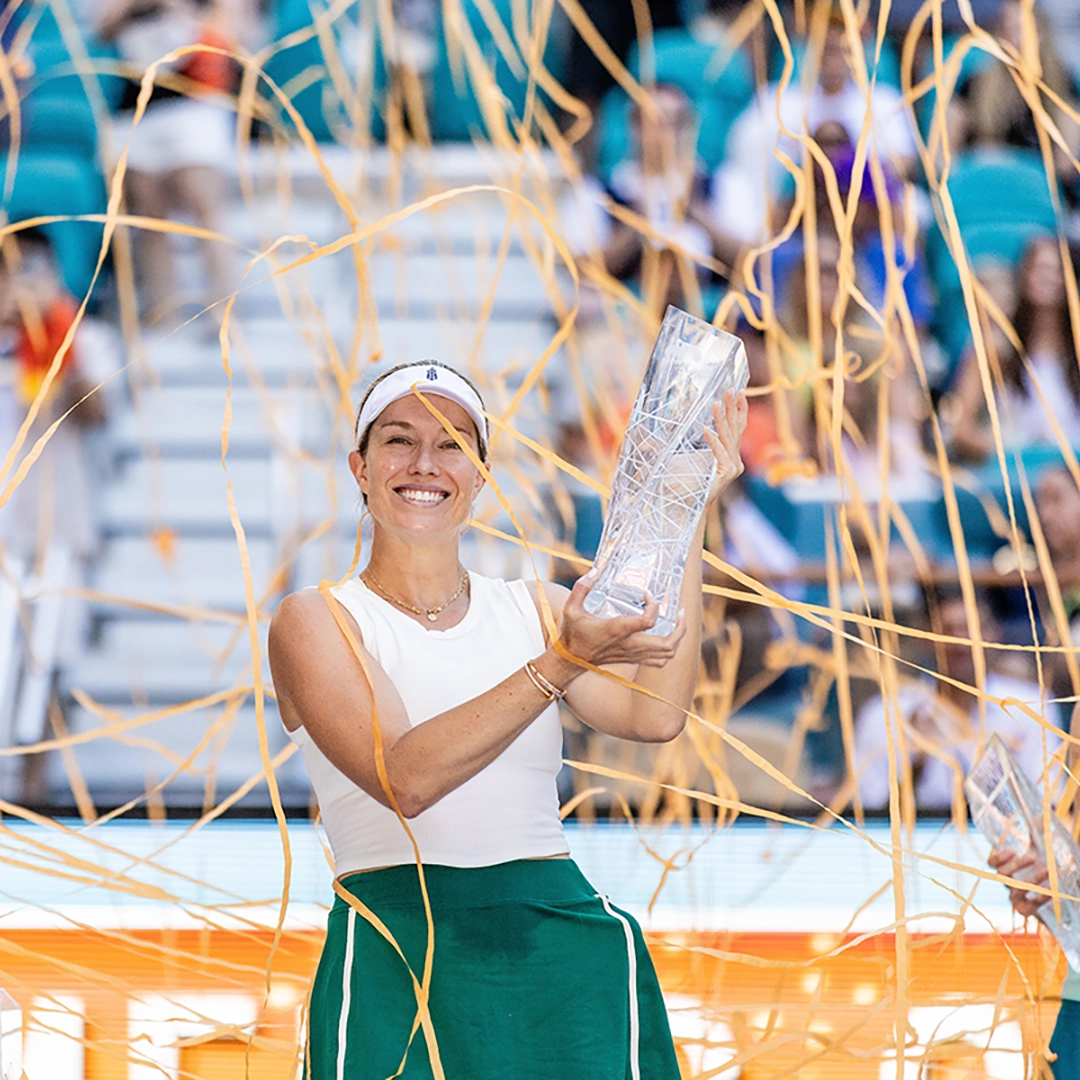by | February 24, 2016
Holy Ships: The Story of two Fabled Boat-Building Families Rybovich & Merritt
For decades, captains have swooned over the innovative designs of Florida’s master boat builders, Rybovich and Merritt. Now, the families running these rival companies have a bond that fortifies their shared legacies as the old men of the sea.
Sportfishing boats are big, the bucks it takes to buy them, even bigger, but the universe of clients who can afford these stately battlewagons is small. Each year, about 20 custom boatbuilders vie for fewer than 30 elite customers who will spend $5 million to $10 million each to commission a luxury, made-to-order fishing yacht, which may measure upwards of 64 feet.
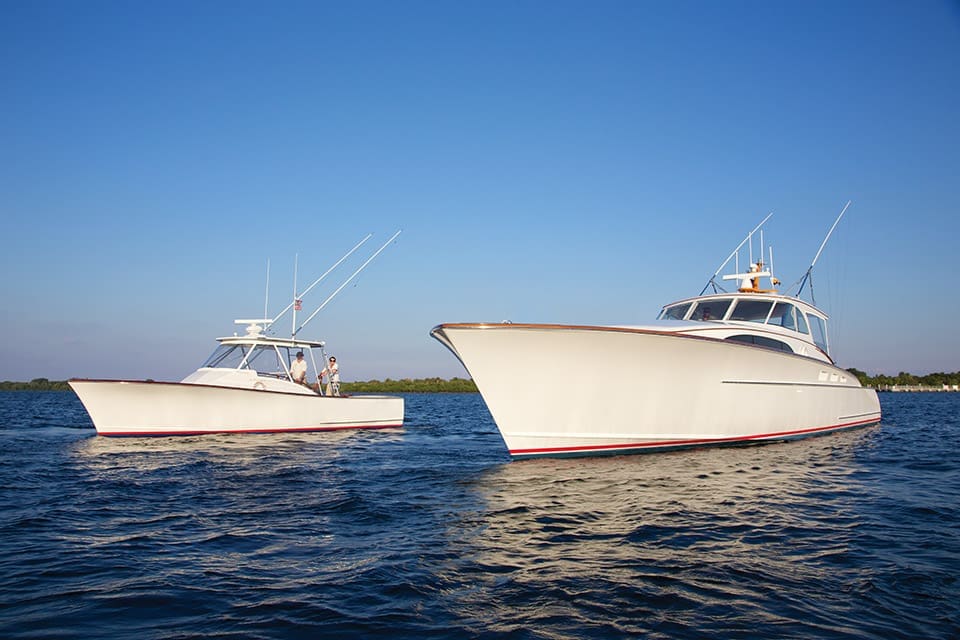
Given the tight market, you’d expect the competition between the Apple and Microsoft of Florida boatbuilding to be ruthless. However, the gents who’ve inherited these three-generations-deep companies, Michael Rybovich and Roy Merritt, have maintained an unlikely alliance. Naturally, the path to longevity and mutual success wasn’t always smooth sailing.
“Roy and I share the responsibility of building boats worthy of the names we inherited,” explains Rybovich, chief boatbuilder and owner of Michael Rybovich & Sons of North Palm Beach. “When our uncles were building boats 50 years ago, there was collaboration in the sharing of ideas and practical fishing design applications. Quite a few boatbuilders, including Merritt, visited their yard in those days with tapemeasures and cameras. My dad and brothers would oblige, sometimes hesitantly, but would always oblige.”
For almost half a century, sportfishermen from Hawaii to the U.S. Virgin Islands have argued the question: Who makes a better fishing boat, Rybovich or Merritt? The two South Florida boatyards have defined the category of modern-day fishing boats that Hatteras, Bertram, Viking and others emulate. The very look of a custom sportfishing boat—with its flybridge, outriggers, rounded corners and yachtlike finishes—began with Rybovich & Sons in 1947. Then, in 1948, Merritt’s Boat & Engine Works of Pompano shoved off into the waters of innovation.
Birthing the Big Game Boat
With yards located just 35 nautical miles apart on the Intracoastal Waterway, the third-generation builders share an all-consuming commitment to quality and service that’s as important now as it was after World War II, when their family-run operations created the classic sportfisherman.
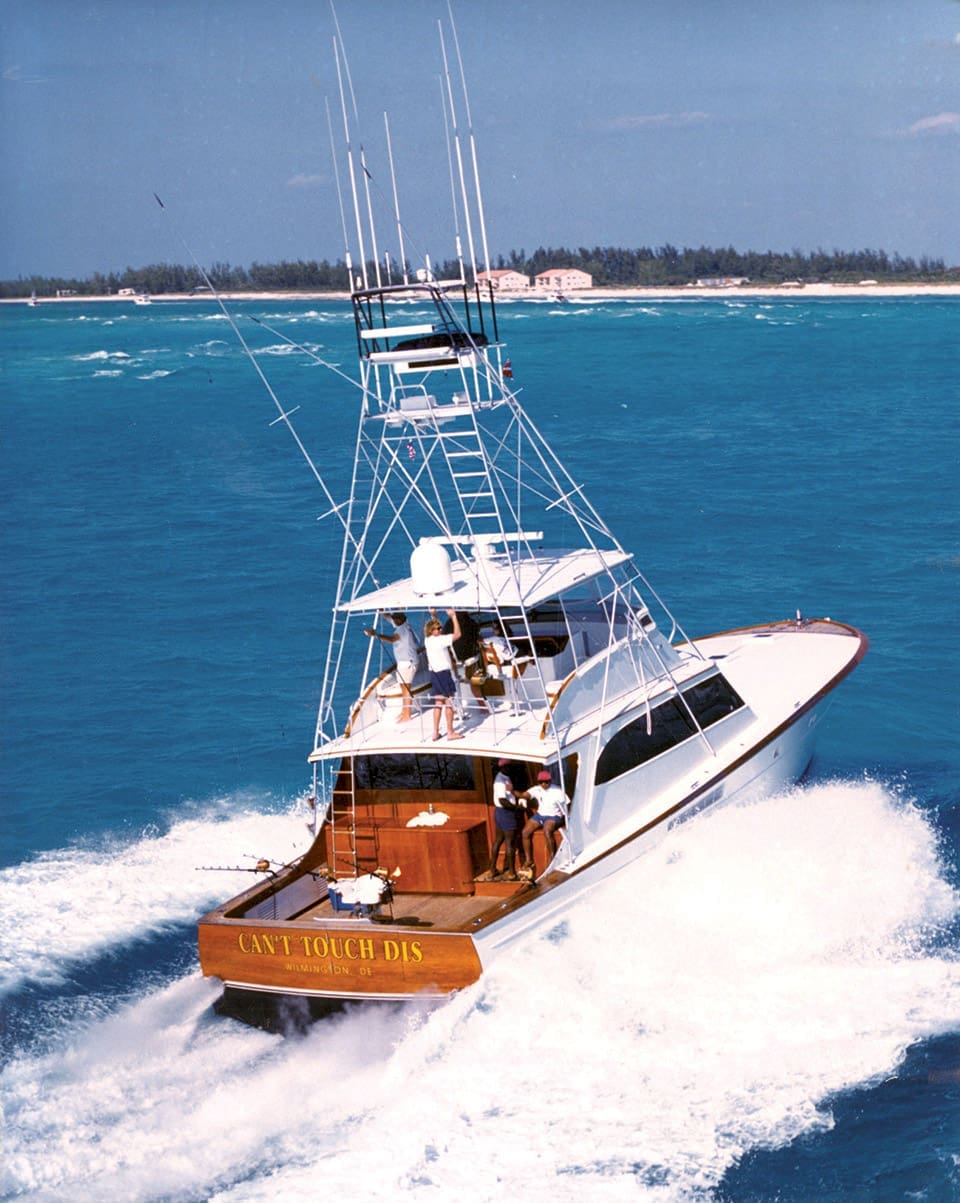
Before the war, yards like Rybovich & Sons had begun to convert cabin cruisers, made by other manufacturers, into offshore fishing machines by building flybridges and cockpits onto existing vessels. Famous clients like Ernest Hemingway wanted to both cruise and do some serious fishing; Rybovich & Sons transformed his boat, Pilar, into a sportfishing craft with their angling add-ons. (This boat is on display at The Hemingway Museum at Finca Vigia in Cuba.)
Covered in hardware and cleats that snagged lines, the converted boats were heavy and not ideal for maneuvering while fighting acrobatic billfish and deep-diving bluefin tunas the size of Volkswagens. Fishermen needed something better. John Jr., Tommy and Emil, sons of the company’s founding boatbuilder, John Rybovich, had the solution.
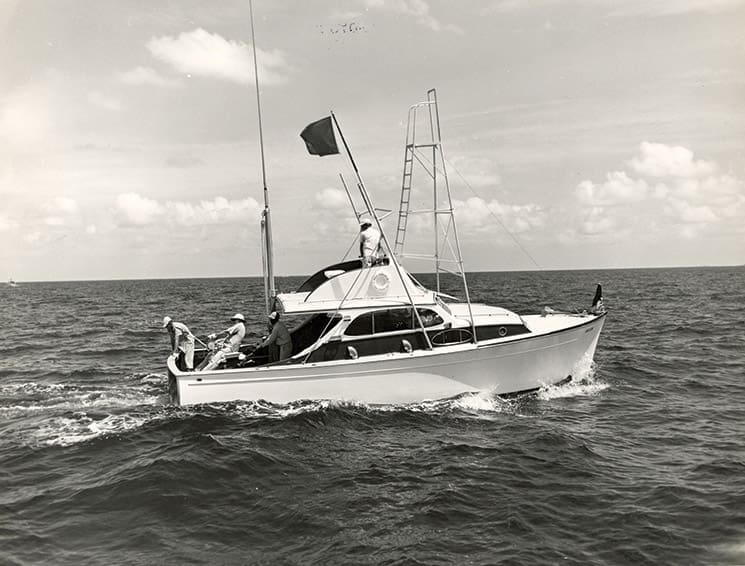
Brimming with ideas after serving in World War II, they used modern-day materials like aluminum, acrylics and advanced adhesive technology to create the world’s first big-game fishing boat for General Motors dealer Charles Johnson of Ohio. Launched in 1947 and costing $30,000, Johnson’s Miss Chevy II was revolutionary.
“My uncles were the first to design and build a boat specifically for fishing in style, using concepts that have carried over,” Rybovich says. Instead of the typical dark, unpainted cedar plank hull, the boat had a high-gloss finish you could see your face in. Compound curves, a flared bow, an integrated flybridge with steering and controls, stiff aluminum outriggers for pulling large baits, and fighting chairs with ball bearings became signature Rybovich features.
In 1952, Johnson commissioned his second Rybovich, Miss Chevy IV. The boat’s broken sheer (the abrupt rise in the top of the hull, just ahead of the cockpit), fluid lines (clean continuous flow to the look of the boat) and raised foredeck eliminated the traditional trunk stucture and clunky bump-out housing the interior salon and staterooms. Soon it became a prototype for the modern convertible or combination fishing and cruising boat. Being on this first sleek fishing boat, capable of a speed of 20 knots or 23 mph—quicker than most other crafts at the time—felt like a ride to the moon. It also had the first transom tuna door, allowing crews to slide fish in through the back rather than hoist them over the side, and one of the first integrated aluminum towers above the flybridge for spotting giant tuna from far away. This high-in-the-sky navigation perch spawned Florida’s multimillion-dollar marine metal fabrication industry.
Creating a Cult Classic
Although Merritt’s family-owned boatyard had turned out a couple of boats since it opened, it was known chiefly as a repair facility. That changed in 1957, when Captain Buddy Merritt (who had admired Miss Chevy IV, but thought he could do better) launched his ideal tuna-fishing boat. With his brother Allen at the helm, Merritt’s 37-foot Caliban would go on to win the International Cat Cay Tuna Tournament in the Bahamas eight times in 10 years.
“Can you believe a 59-year-old boat like that was in fishing tournaments as recently as last year, when it hit something and sank off Cabo San Lucas?” asks Allen Merritt, who at 94 still reports to work at Merritt’s Boat & Engine Works.
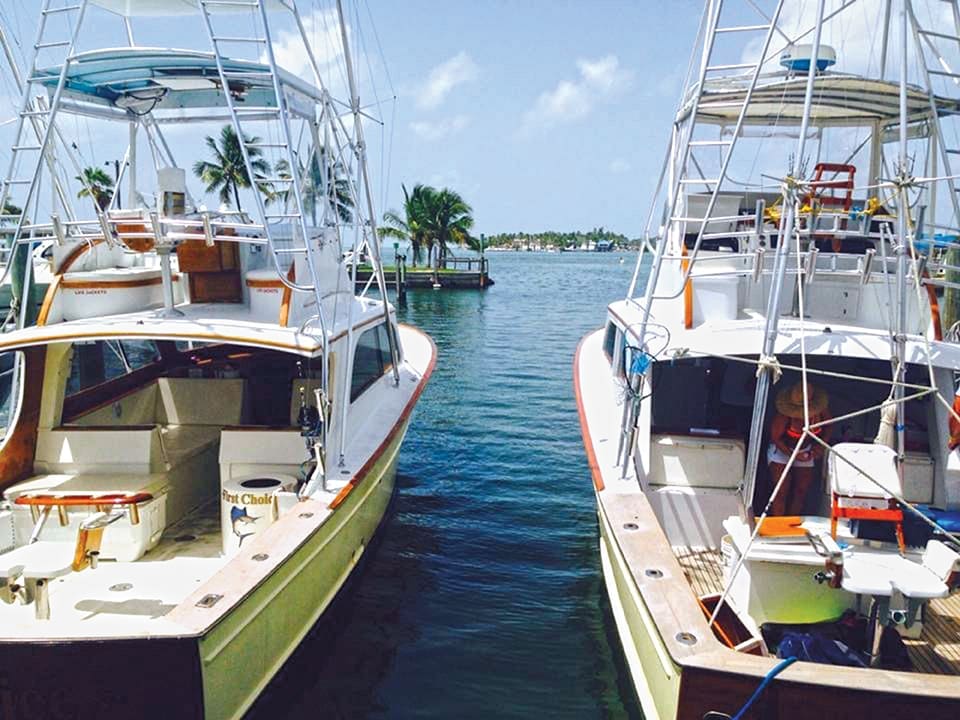
Though Buddy died in 1971, the remaining iconic, utilitarian 37-foot Merritts are still raising fish. The 37s had no shower, galley (kitchen) or enclosed salon like the 36-foot Rybovich. Stripped down to a large open deckhouse (with no bulkhead and door aft) and skinnier configuration with rack and pinion steering, the boats were—and remain—fast and nimble.
“They’ll turn on a dime and give you five cents change,” says Captain Gary Stuve of Jupiter, who ran a 37 for Jack Nicklaus in the 1970s. “Merritts started out as an alternative for guys who wanted a Rybovich but couldn’t afford one. But with Roy as the boatbuilder, they’ve come out with a string of great boats like the 43s, 46s, 58s, 72s and 86s that earn loyalty from many captains.”
Giving a friendly nod to the competition, Roy Merritt says, “Rybovich was the first boat with good-looking lines. That influenced every builder, including us. Tommy Rybovich built works of art. We built a fishing boat that was light and performed better than others. That was the difference between Rybovich and Merritt for a long time. If I’ve learned anything, it’s that looks count.”
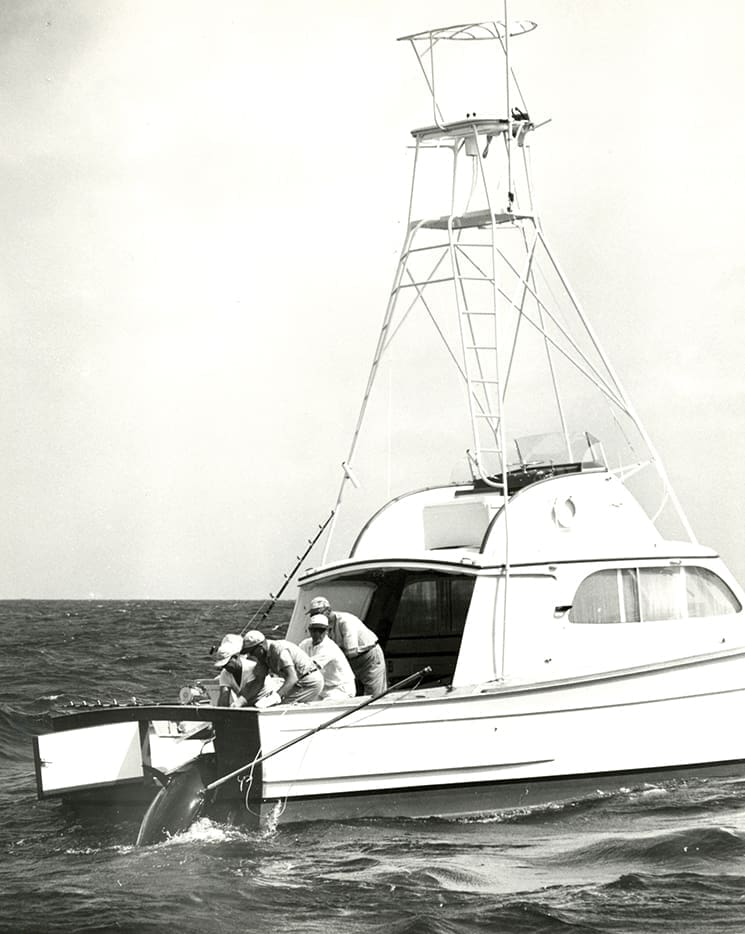
It was raw beauty that turned Captain Larry Wren of Islamorada on to his 35-foot Merritt, First Choice, the forerunner to the 37 and a craft that has carried him to many sailfish victories. Wren spotted the vintage boat, built in 1956, almost seven years ago, decaying in the back of a boatyard.
“The lines were great,” Wren says. “You just knew it was a special boat.”
He purchased First Choice for $17,000, and then spent $200,000 and many years to bring it to star status—literally. The boat has appeared in a slew of television productions, including Netflix’s Bloodline, filmed in the Keys.
“To me, however,” Wren says, “She’s a graceful old dame that takes care of me every day.”
Surviving Storms Together
The two builders share a similar work ethic, laboring six days a week, and a common heritage. Both yards were founded by carpenters turned fishermen. Each was run by a large family with sons who began working there as teenagers. John Rybovich’s middle son, Tommy, was the designer and builder for Rybovich & Sons. And Franklin Merritt’s oldest son, Buddy, was behind their early success.
Perhaps the most painful commonality hit the two families in the early 1970s when Buddy and Tommy died a year apart, leaving both yards without boatbuilders.
“Tommy’s death was probably more difficult for Rybovich than us losing Buddy,” says Roy Merritt. “When Buddy died in 1971, I’d been working in the yard a while and had built the 43, which gave me the confidence to step into his shoes.”
Tommy cast such a big shadow. “After his death, there was no one to fill the void, no one building boats to his standards,” recalls Merritt. That didn’t happen until Michael Rybovich came back from college in 1975 and went to work for his father full-time. The yard was sold several months later. “But by then it was too late. The yard had been sold, and the new owner had little patience for handcrafting boats the way Tommy had. The brand suffered. That created opportunities for us,” Merritt says.
Following the sale of Rybovich & Sons in 1975, it took Michael Rybovich, the founder’s grandson, 30 years to regain the right to build boats using his family name. He now shares the brand with his sons, Dusty and Alex. Dusty is the yard’s naval architect and a marine engineer.
These days, both Rybovich and Merritt keep their tradition of excellence intact by embracing change while still maintaining their standards. Cold molding (building boats with a temporary jig or framing) remains the process at Rybovich. Meanwhile, Merritt builds 86s from molds and cool composites. Old-world craftsmen still book-match teak (a painstaking process that lines up two sheets of veneer so that they seem to mirror each other) to produce boats so tight that nary a squeak can be heard in the roughest of seas. Rybovich does all of the design and engineering in house, as the family has always done. Merritt enlists high-tech experts to help with computer-aided design and mathematical modeling that predicts the hull dynamics of the sophisticated yachts they build.
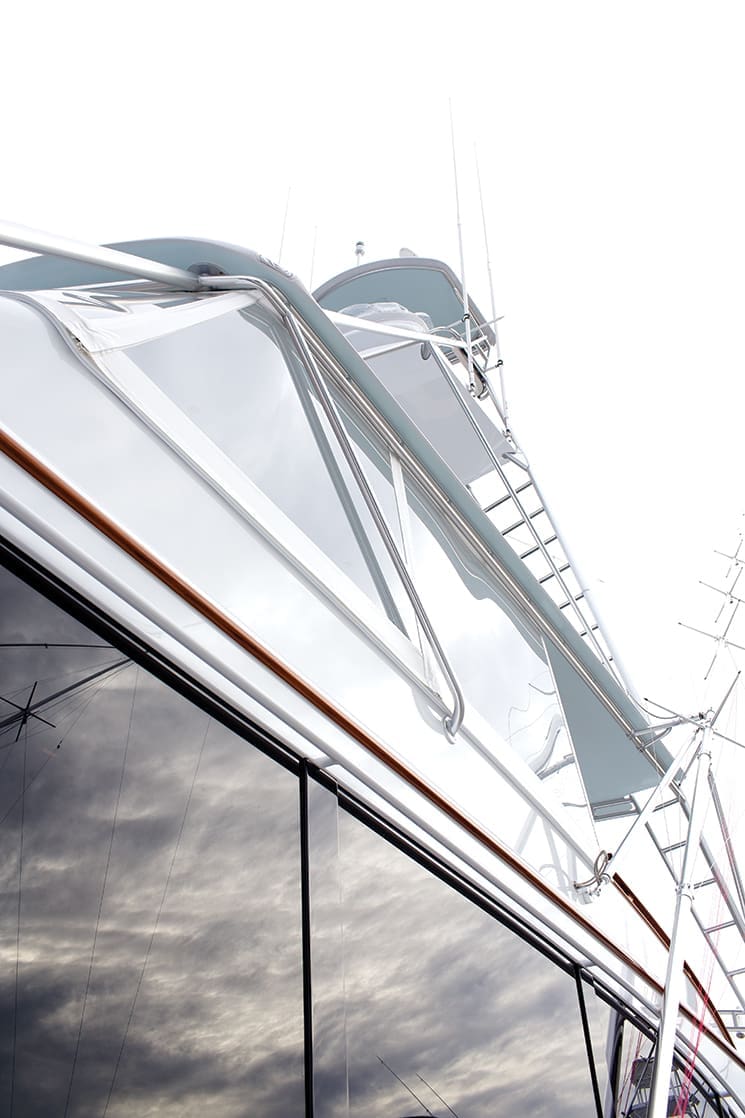
Top-notch design comes with a steep price. A 60-foot fishing boat by Michael Rybovich & Sons goes for about $5 million. An 86-foot fishing yacht by either yard commands about $9 million. This price tag covers the two-and-a-half years and 70,000 man-hours it takes to build such a specimen. In “very general” terms, the calculation for valuing a new made-to-order Rybovich is about $100,000 per foot length.
Faster, bigger and more fuel-efficient: That’s what serious boat buyers want today. With next-generation 2,600-horsepower MTU engines, the 86-foot Rybovichs and Merritts travel at 40 plus knots or 46 mph in the water. The boats come with seamless joinery, fish-finding and navigational electronics, plush staterooms, cushy wrap-around lounges and full kitchens. Satellite receivers and cameras atop the flybridge, with its glistening 25-foot tuna tower, stream views of the engine room and the front and back of the boat.
Influencing an Industry
By the 1960s the influence of the holy ships produced by Rybovich and Merritt could be seen in boatyards across the nation like Hatteras, Bertram and many North Carolina builders.
“My dad, Emil, would often say, ‘Imitation is the sincerest form of flattery,’” recalls Rybovich. “We had no trade secrets. My uncles and dad shared their knowledge, which is why North Carolina builders often express gratitude for the things they learned from us.”
After generations of shaping hulls and forging an industry, a mutual respect and admiration between the two marine dynasties has settled in the harbor.
“Roy deserves credit for coming in after the Rybovich phenomenon and bringing the Merritt boats to where they are today,” says Rybovich, who recently launched an 86-footer. “My family built some beautiful 50-footers in the 1960s and 1970s. But it wasn’t until Roy built a 60, and then the 72, and an 86, for fishing and living aboard, that the idea took off.”
His competitor returns the compliment.
“One of the things I like about Michael is his appreciation for boats with classic lines,” Merritt says. “Michael understands that what boat buyers want is a traditional boat built to modern standards. That’s why both of us are still building boats after all these years.”

